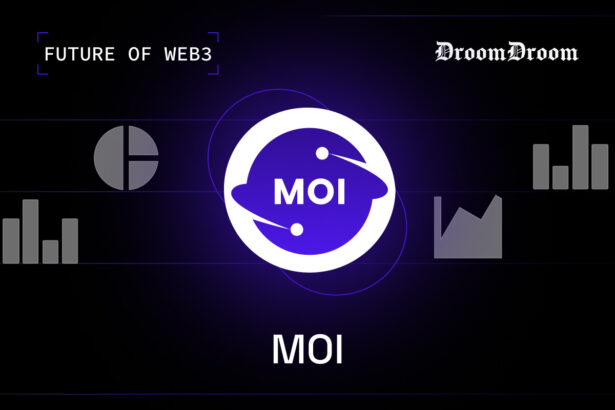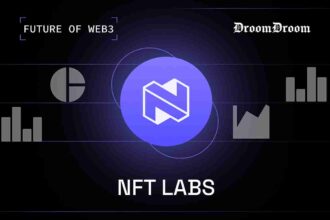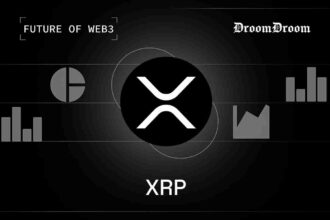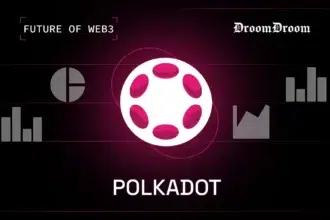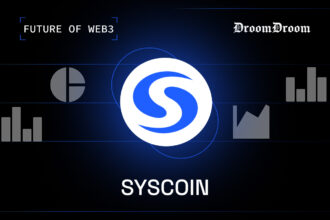Introduction
Web3, often referred to as the decentralized web is rapidly emerging as the future of online interactions. Leading this movement is MOI, a decentralized protocol that aims to promote participant-centric blockchain solutions. We recently had the opportunity to interview Anantha Krishnan, the founder and CEO of MOI Protocol to discuss his background, the direction of the project and how it is poised to transform the Web3 landscape.
- Introduction
- From Web 2.0 to Web 3.0: Ananthakrishnan’s Journey
- MOI: Driving Peer-to-Peer Interaction in Web 3.0
- The Babylon Testnet: A Step towards Democratizing Blockchain
- Benefits for Developers: Personalization and Trust Modulation
- Creating an Internet of Value for Web 3.0 Evangelists
- Long-Term Goals and Growth Strategy of MOI
- Conclusion
- To know more about MOI:
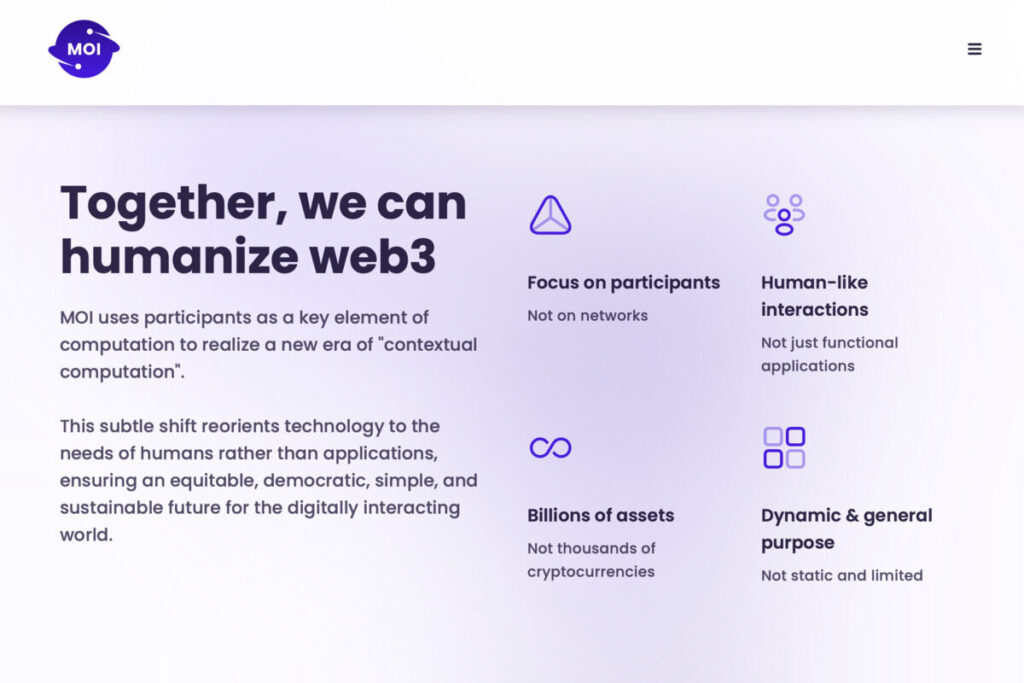
From Web 2.0 to Web 3.0: Ananthakrishnan’s Journey
Anantha Krishnan has had a dynamic career, commencing his journey at Oracle in the 1980s and 90s. Following his stint at Oracle, he was part of Anderson Consulting and Accenture, where he managed the analytics practice at their New York office. His voyage into the world of blockchain started around 2016, and since then, he has been focused on creating a technologically advanced, interactive world.
At MOI, Anantha Krishnan concentrates on strategic planning, architecture, and design. He assists the team in enhancing the technology while simultaneously communicating its strategic differentiators, which aligns with his long-term expertise in making technology meaningful and relevant for businesses, users, and governments.
DroomDroom has previously covered the various use cases of blockchain technology in different sectors: Blockchain Solutions for Supply Chain and Transforming Healthcare With Blockchain Technology
MOI: Driving Peer-to-Peer Interaction in Web 3.0
MOI’s journey started in 2016-17 with the goal to support human-like interactions using technology. The protocol introduces the concept of contextual computation, focusing on participants as a crucial element, promoting peer-to-peer transactions and enabling an equitable digital society. Unlike traditional protocols that are system-centric, MOI focuses on participants, providing them with personalization and context-aware capabilities.
One of MOI’s unique selling points is its truly peer-to-peer model for consensus, execution, and data transfer. This distinctive characteristic enables hyper-concurrency, eliminating the need for complex shard chains and side chains. Digital assets are stored at the participant level, further highlighting its participant-centric model.
✨ MOI is Humanizing Networks and Personalizing Interactions, do you wonder how?
🎥Watch our latest video to find out more: https://t.co/stdZ3nmFpt
#MOI #ContextAwareP2P #HumanizingNetworks #PersonalizedInteractions #Blockchain #WEB3
— MOI (@MOI_Tech) July 3, 2023The Babylon Testnet: A Step towards Democratizing Blockchain
MOI’s recent launch, the Babylon testnet, is a significant stride towards democratizing blockchain. A low-code, no-code environment, Babylon allows developers to manage tokens and assets without the need for writing smart contracts, simplifying the onboarding process for newcomers.
The testnet is community-oriented, incentivizing validators based on their activity, thereby ensuring equal opportunities for all network participants. The planned scalability of the network up to 10,000 nodes in the next two months will increase its reach and make it more democratic.
Benefits for Developers: Personalization and Trust Modulation
MOI offers developers a plethora of benefits, including low-code development and the ability to offer unique user experiences. Developers can build apps with varying trust levels, allowing for a more personalized user experience. It reduces the complexity for developers by enabling different transaction types on a single chain dynamically.
Creating an Internet of Value for Web 3.0 Evangelists
MOI aims to emulate the Internet’s democratic nature in the blockchain world by creating an “Internet of Value.” By allowing for a single flat network with millions of nodes and trillions of digital assets, MOI ensures an equitable, simple, and user-centric model for everyone to participate in.
Long-Term Goals and Growth Strategy of MOI
Looking towards the future, MOI has several sophisticated improvements and new launches planned. The ultimate aim is to attain half a million real participant nodes within the next 24-36 months, ensuring true decentralization.
MOI is targeting use cases around DeFi, decentralized social media, and sustainability-focused apps. Moreover, they have a pragmatic change management strategy in place to help enterprises transition smoothly from Web 2.0 to Web 3.0, recognizing the substantial investments that have already been made in Web 2.0 infrastructure.
The journey towards a decentralized, participant-centric Web 3.0 is an exciting one, and with platforms like MOI leading the charge, the future certainly looks promising.

Conclusion
The emergence of Web 3.0 presents an opportunity to reshape the online world. With MOI’s dedication to creating a participant-centric environment and providing robust solutions for developers and enterprises alike, the future of this decentralized internet looks bright. The MOI protocol could just be the stepping stone we need toward a more democratic, personalized, and equitable digital society.
